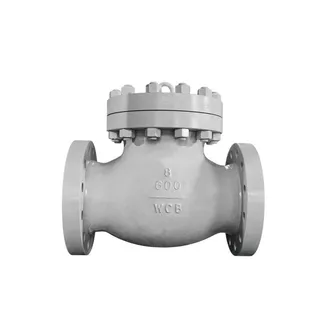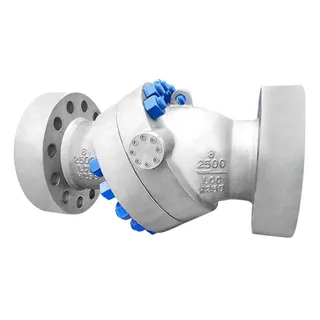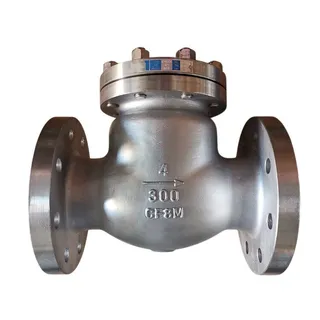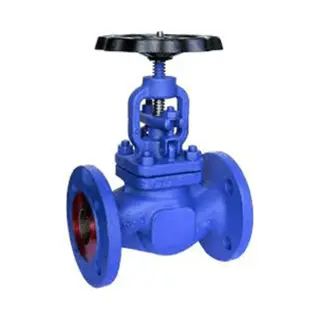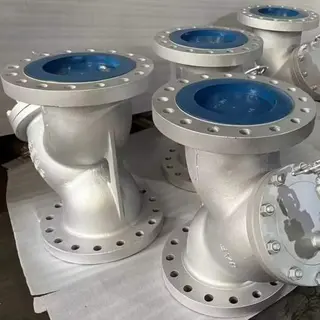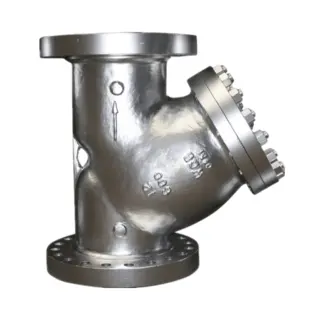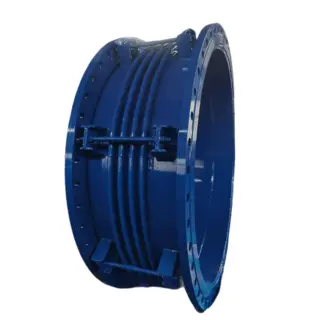Non Slam Check Valve, ASME B16.34, A216 WCB, 10 Inch, CL2500
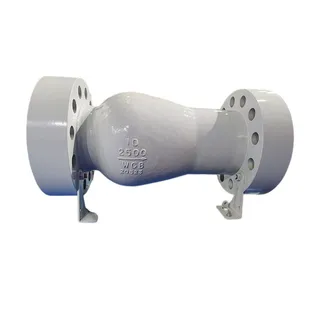
Key Specifications / Features
The Non-Slam Check Valve Plant specializes in manufacturing high-performance check valves with an axial flow structure. These valves are designed in accordance with ASME B16.34 and feature an ASTM A216 WCB cast carbon steel body, ensuring robustness and durability. Available in a 10-inch (DN250) size, they have a Class 2500 LB pressure rating and a PN420 designation. The valves are equipped with raised face (RF) ends for secure and reliable connections. The non-slam design prevents water hammer and ensures smooth operation.
Detail Information
Product Name: Non Slam Check Valve
Type: Axial Flow Check Valve
Design Standard: ASME B16.34
Body Material: ASTM A216 WCB, Cast Carbon Steel
Size: 10 Inch, DN250
Pressure Rating: Class 2500 LB, PN420
End Connection: RF Flanged
Medium: Oil, Gas, Water, etc
Standards
Design & Manufacturing: ASME B16.34
Test & Inspection: API 598
Face to Face: ASME B16.10
Flanged End: ASME B16.5
Product Features of Non-Slam Check Valve
Automatic Operation: The non-slam check valve is an automatic valve that relies on the flow of the medium itself to open and close the valve disc.
Noise Reduction: It is designed to lower noise levels during operation, making it an ideal choice for environments where noise control is important.
Preventing Backflow: One of its main functions is to prevent the backflow of the medium, ensuring that the fluid flows in only one direction.
Protecting Equipment: It helps protect pumps and drive motors from reversing, which can extend the lifespan of these components.
Releasing Media: The valve can release the medium from containers, ensuring smooth operation in various applications.
Auxiliary System Support: It can be used in supply lines that replenish auxiliary systems, even when the pressure may rise above the system pressure.
Directional Flow Control: The valve disc opens under the pressure of the fluid flowing in one direction and closes when the fluid flow reverses, effectively cutting off the flow.
Not Suitable for Certain Media: It is not recommended for media containing solid particles or high viscosity, as these can interfere with the valve's operation.

